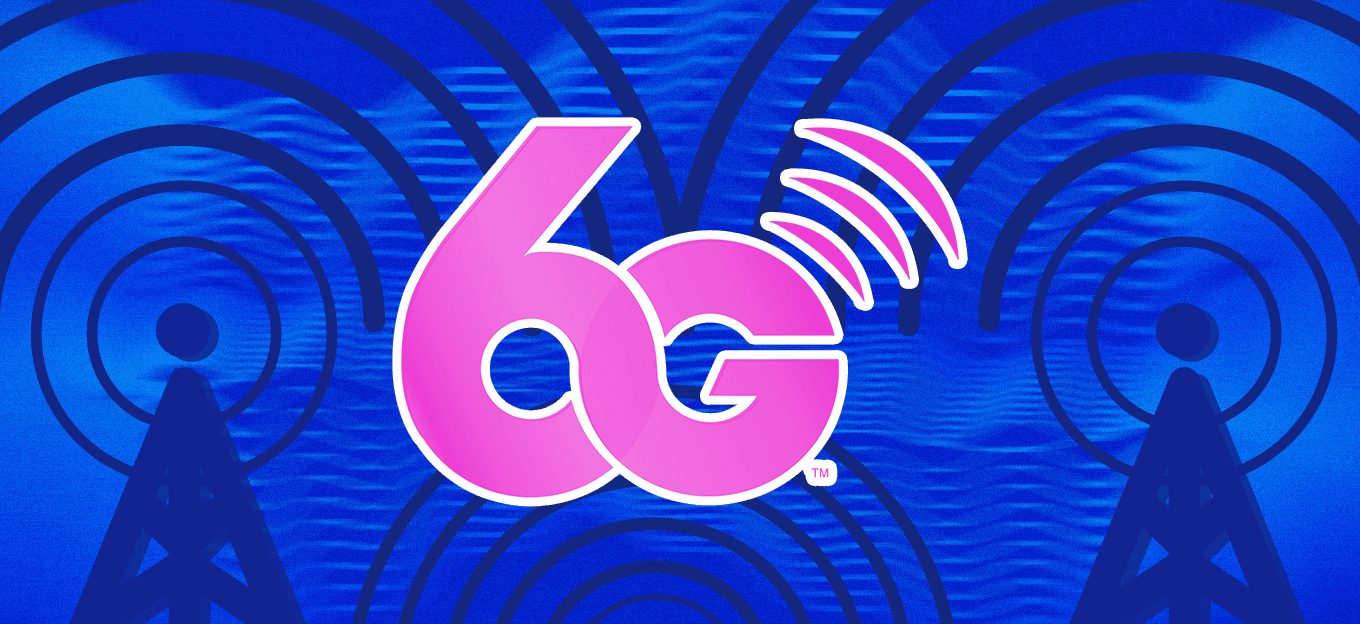T-Mobile's Proposal to FCC: Eliminate Unlicensed Use of 3.5 GHz Band
T-Mobile's Proposal to FCC: Eliminate Unlicensed Use of 3.5 GHz Band
- Last Updated: December 2, 2024
Ronald Quirk
- Last Updated: December 2, 2024



In a last-minute attempt to eviscerate the core purpose of the rules governing the 3550-3700 MHz spectrum band (“3.5 GHz band"), T-Mobile USA, Inc. (“T-Mobile”) recently filed a Petition for Rulemaking (“Petition”), proposing that the FCC license the entire spectrum band and grant other favors to large wireless carriers.
If adopted, T-Mobile’s proposal would virtually eliminate unlicensed use of the spectrum, thereby substantially raising the barrier to entry for businesses seeking to utilize the 3.5 GHz band, which is critical to the growth of 5G wireless broadband in the U.S.
The FCC is soliciting public comment on T-Mobile’s Petition. Comments and reply comments are due by July 24, 2017 and August 8, 2017 respectively.
Purpose of the 3.5 GHz Rules: A Level Playing Field
The explosive growth in mobile broadband traffic and its concomitant strain on limited spectrum resources required the FCC to engage in creative frequency allocation. To that end, in April 2015 the FCC adopted rules to allow commercial shared use of 150 MHz of 3.5 GHz spectrum.The FCC crafted its rules after a long and arduous rulemaking proceeding, wherein it considered ideas from three major traditions in spectrum management: flexible-use geographic licensing, site-based frequency coordination, and unlicensed authorization.
Ultimately, the FCC adopted a hybrid framework that selects, automatically, the best approach based on local supply and demand. As delineated below, where competitive rivalry for spectrum access is low, an unlicensed tier provides a low-cost entry point to the band. Where rivalry is high, auctions will resolve mutually exclusive applications in specific geographic areas for short-term (three year, non-renewable) licenses.
Finite-term licensing, and limiting the number of licenses per geographic area, facilitates evolution of the band and an ever-changing mix of licensed and unlicensed bandwidth over time. This will pave the way for broadband providers, large and small, to implement new and innovative wireless broadband services
Current 3.5 GHz Band Rules
The crux of the 3.5 GHz rules is the creation of a commercial radio service called Citizens Broadband Radio Service (“CBRS”). CBRS facilitates spectrum sharing by means of a three-tiered system.Tier 1 consists of incumbent federal users (radiolocation and aeronautical radio navigation) and non-federal fixed satellite service (“FSS”) operators.
Tier 2 is for “Priority Access” operators, whose licenses ("PALs") will be allocated by auction.
Tier 3 is reserved for General Authorized Access ("GAA"). GAA will be licensed “by rule,” meaning that any entity that qualifies as an FCC licensee may use FCC-authorized telecommunications equipment in the GAA band without having to obtain an individual spectrum license.
Unlicensed operators will have access to many frequencies (up to all 150 MHz in the band where no PALs are issued or in use, and up to 80 MHz when all PALs are in use) without having to incur the expense of bidding on spectrum.
Licensed operators will be subject to spectrum auctions, but because the “census tract” geographic service areas are very small, the per-license costs should be much less than licenses issued in other spectrum auctions.
Moreover, the CBRS structure will advance small cell and distributed antenna system (“DAS”) technologies, which mobile broadband operators can use to efficiently and economically extend their service coverage and increase their network capacities.
T-Mobile’s Major Proposed Rule Changes
- Auction all 150 MHz of the 3.5 GHz band as PALs, restricting unlicensed use of the band "when it is not in use by PAL licensees."
- Eliminate the "seven PALs per license area" limitation.
- Eliminate the three-year, non-renewable PAL term, replacing it with a ten-year license term with renewal expectancy.
- Exponentially expand PAL license areas by eliminating the small census tract areas and replacing them with the much larger "Partial Economic Areas."
- Take away the little remaining unlicensed spectrum by eliminating the rule that (except in rural areas) when there is only one application for a PAL in a license area, no PAL will be assigned; the spectrum will remain accessible solely for shared GAA use.
- Permit partitioning and disaggregation of PALs so that PA licensees can slice up their licenses any way they choose.
Among other things, smaller carriers that intend to bid on PALs will find themselves priced out of the market, while businesses that intend to use the unlicensed 3.5 GHz frequencies will be out of luck. Moreover, since most small cells are carrier-specific, the larger carriers will have a lock on critical parts of the 5G infrastructure.
Accordingly, it is critical that 5G stakeholders make their voices heard in this proceeding.
The Most Comprehensive IoT Newsletter for Enterprises
Showcasing the highest-quality content, resources, news, and insights from the world of the Internet of Things. Subscribe to remain informed and up-to-date.
New Podcast Episode

Moving Past the Pilot Phase in IoT and AI
Related Articles



